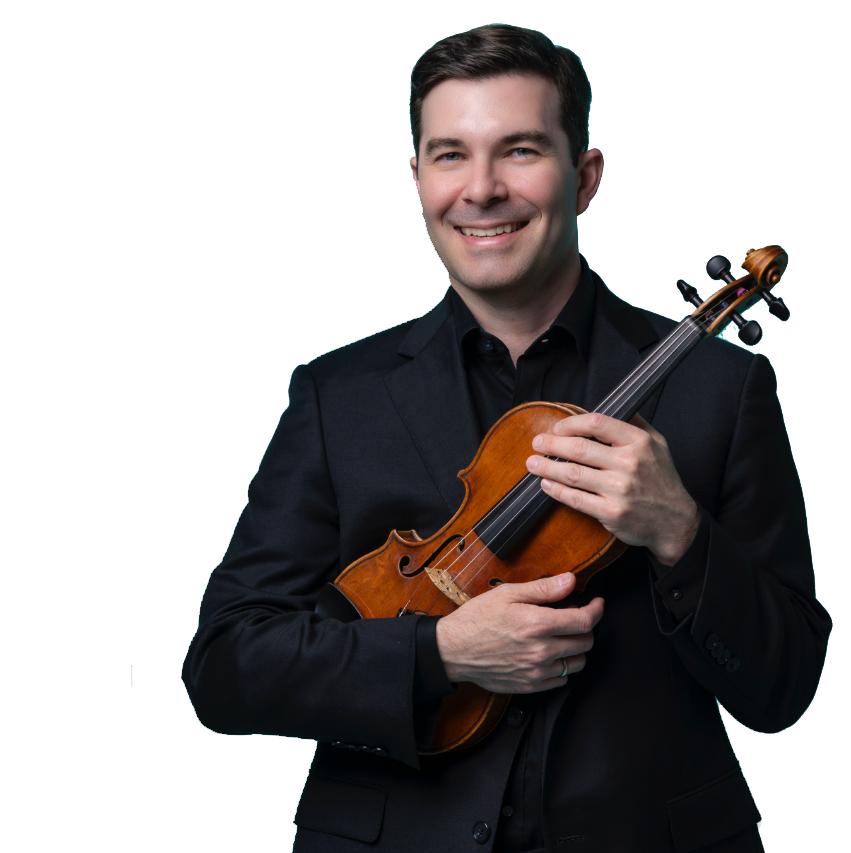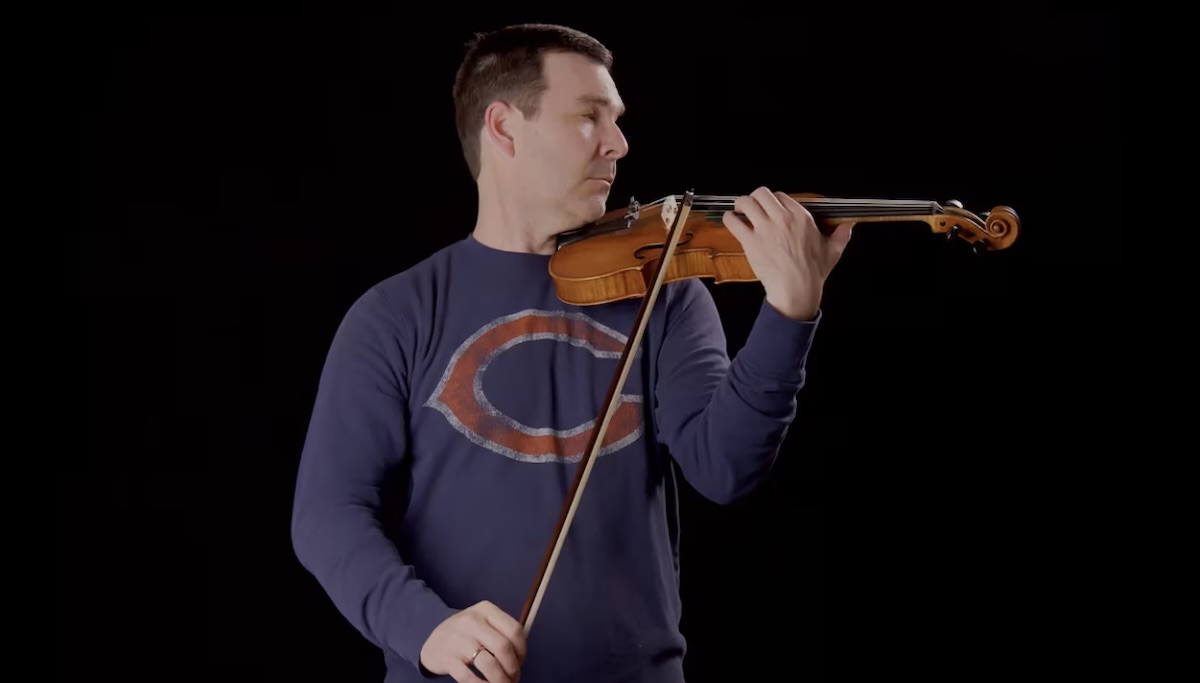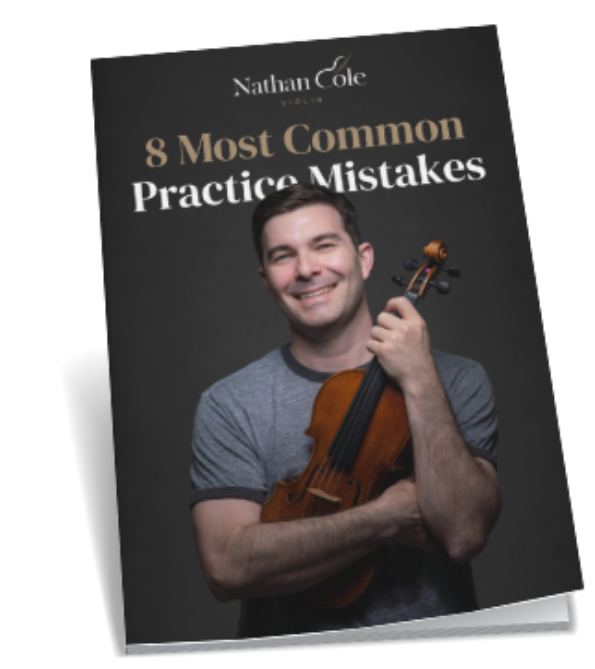NY Phil Audition Challenge Week 1

We’re almost there. During Week 1 you’ll expend the most mental and physical energy so that you can ease back (taper) during Week 0. Many people would do another mock audition during Week 1, and if possible you certainly should. But I am confident, and you should be too, that you can get through your entire audition program in one go, and for an audience. So our assignment will not be another run-through. We’ll save that for the final assignment next week.
It’s time to face—and embrace—reality in Week 1. This means to put struggles behind you. To a certain extent, we fight against ourselves when we seek to improve. We reject who we are and model ourselves after who we might be. That face in the mirror becomes our enemy if we let it. But if you carry that combative attitude all the way through your preparation to the audition, you arrive on stage realizing that you and that face are one and the same. There’s only you out there, for the whole committee to see.
Think back to the Week 5 post about visualization, about arriving at that imaginary party. When this week is done, and when Week 0 begins, you’ll be making your final adjustments in the mirror before walking out your door. Your workouts will have borne fruit. You will have made your final choices as to outfit, makeup and hairstyle. They’ll coordinate because you’ve had a clear idea of how you wanted to look for quite some time. At that point, if there are any wrinkles left in your shirt, you’ll have to put them in perspective and realize that the people you’re about to meet just aren’t going to care. They’re going to see you, the whole person, walk through that door and as soon as they feel comfortable with you they’re going to want to know more about you.
This means that Week 1 is your last opportunity to make changes. You’re not going to change your playing or its personality this week; you don’t have time for that. I’m talking about swapping one pair of shoes for another, or wearing three thin bracelets instead of one. Keep listening to recordings and watching videos for inspiration, because you’re going to cut that out in Week 0. Make sure that your bowings and fingerings are set by the end of the week. You won’t want to change them in Week 0.
And most importantly, keep visualizing the beginnings of your selections. Most important is a clear visualization of you walking onto stage or in front of the camera, taking a moment to center, and beginning your Mozart. That’s the one thing you know for sure: you’ll be starting with Mozart. We’re going to mix it up a bit this week, but I’ll give you that as a constant for Week 0. Therefore your assignment, due Monday (not Sunday!) will be a series of beginnings. Once you get off on the right foot for each selection, I’m confident you’ll be good to the end. Not that you can’t recover from a start that’s less than ideal. I’ve done it more than once. But to consistently do well in auditions, you need those great first impressions.
Remember that visualizing means imagining you actually performing the music! It’s not just listening to a mental recording of you or someone else. And for a slightly different take on this technique, courtesy of my friend Noa Kageyama at The Bulletproof Musician, read his post on why you may want to consider adding motion to your visualization. That goes against how I instructed you, and I haven’t gotten to try it fully myself. But it’s a fascinating idea that has worked for elite athletes!
Week 1 assignment (due Monday)
A reasonable amount of time from the announcement of a selection to the first sound is 10 seconds. You need to hone your visualizations down to that time frame. Write each of the seven selections (including the Mozart) on a piece of paper, fold each one, and put them in a container or in a pile. Have a timer handy, set for 10 seconds. Pick a selection at random and start the timer. Visualize the very start of the selection and see if you’ve finished in time. If not, keep refining so that you take no more than the allotted time.
Once you’ve got the technique down, repeat it for the camera. Have your seven slips of paper ready, and pick one out. Perform your visualization, and then the first 8 bars or so of the selection. Then pick the next slip, and so on until you’ve done the beginnings of all seven selections.
Then repeat the entire series, picking at random again.
So once more, the video is: two complete passes of the list, playing just the first 8 bars of each selection, with the order chosen by you at random.
All the best to you, and take care of yourselves!
Nathan

Scales: The Road
to Repertoire
Even if you’ve never played a scale before, violinist Nathan Cole of the Los Angeles Philharmonic will guide you through scale routines that meet you where you are, and build progressively alongside your playing.








Comment section